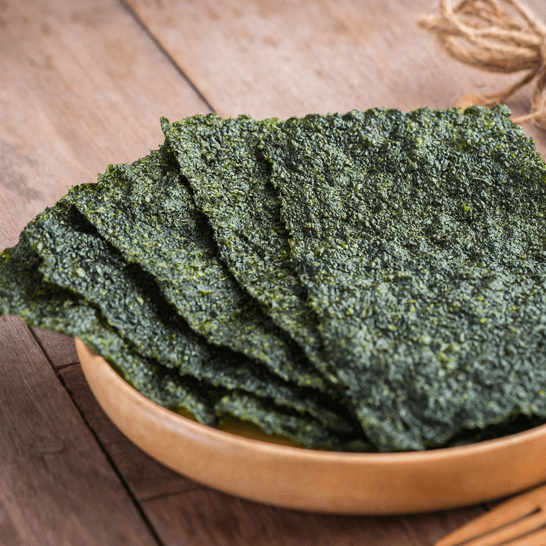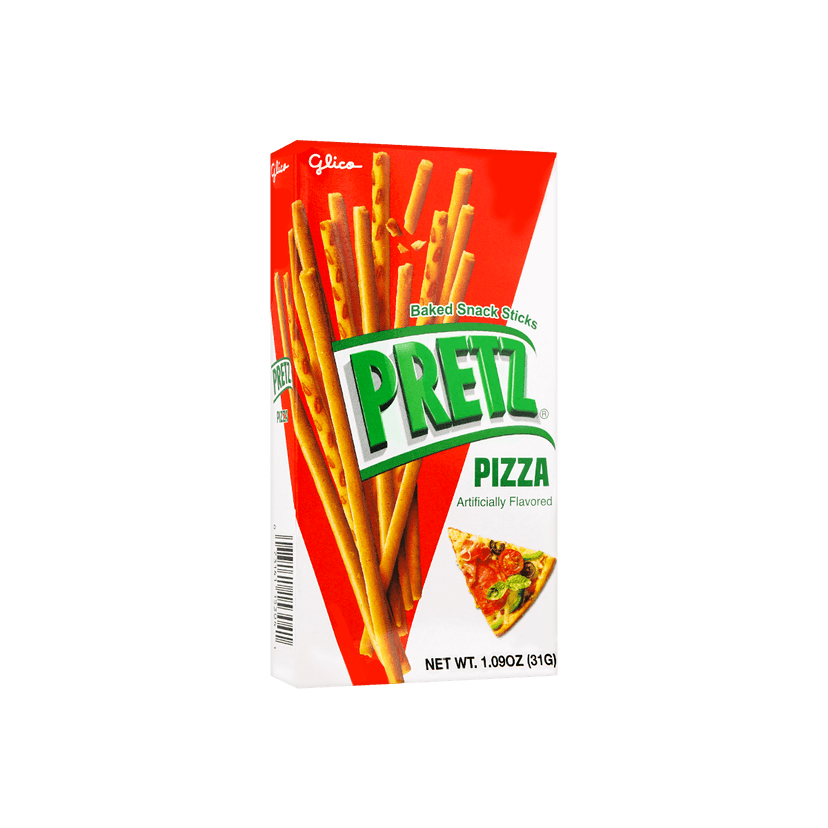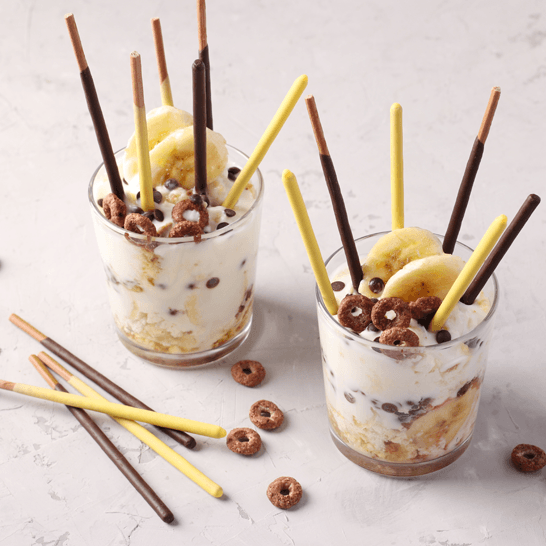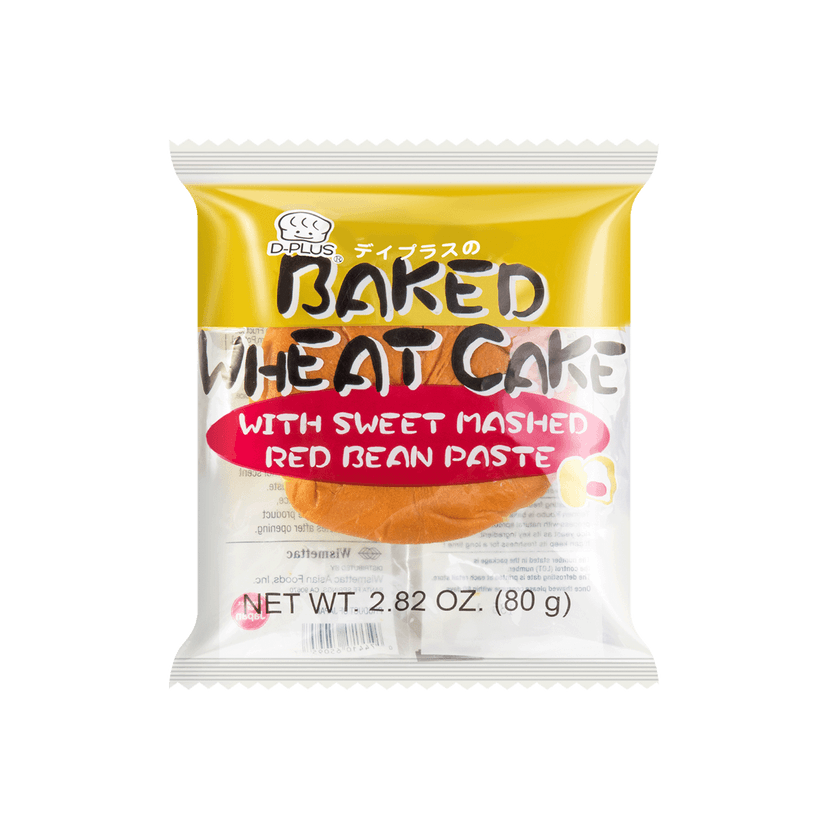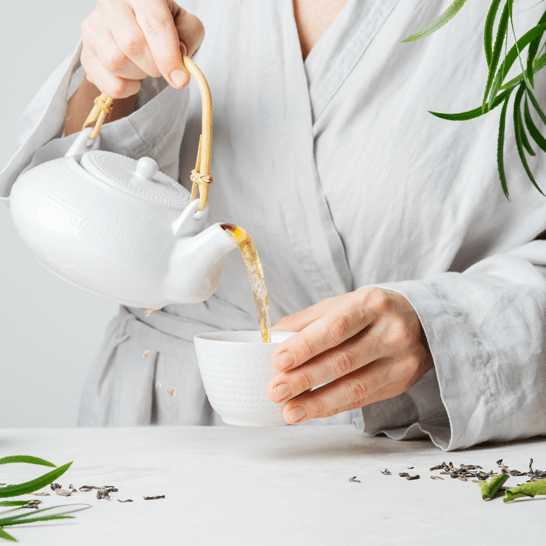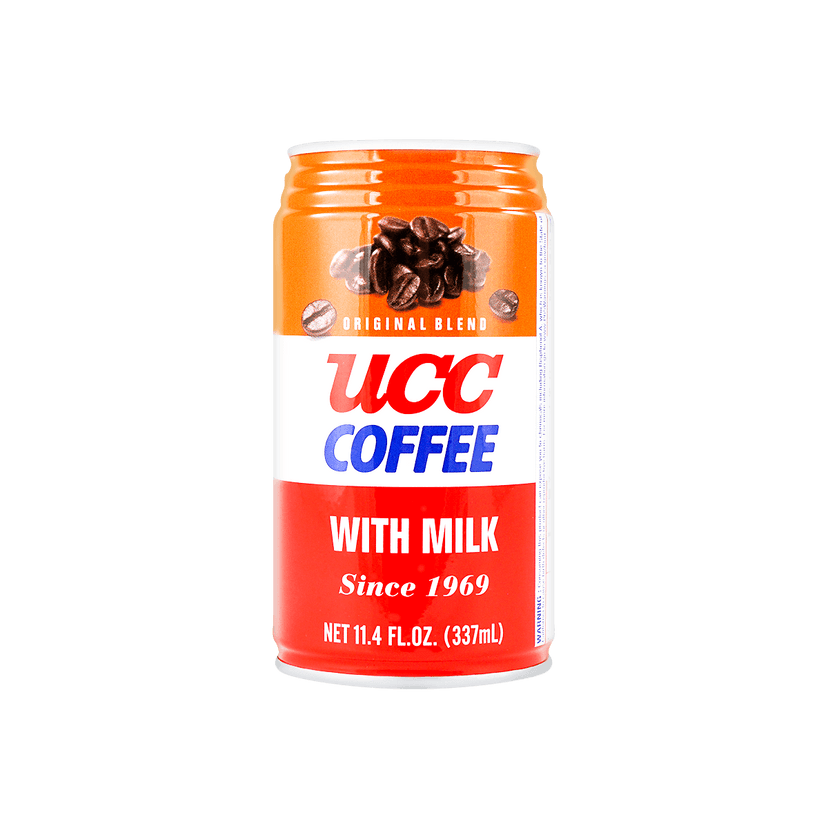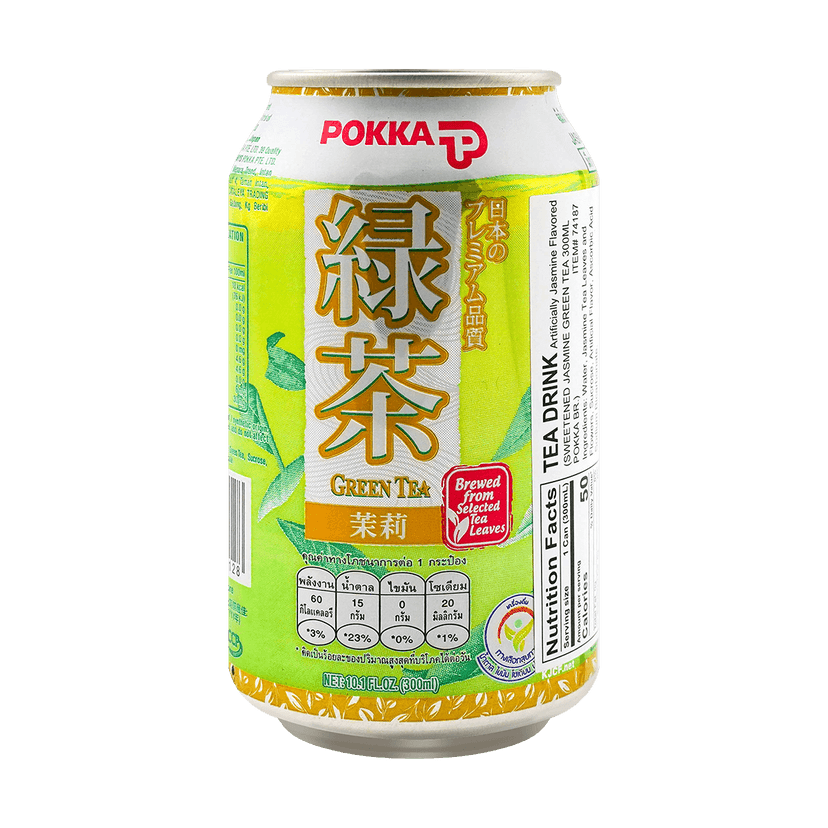From Salty to Sweet: An Intro to Japanese Treats
{{sellerTotalView > 1 ? __("sellers", {number: sellerTotalView}) : __("seller", {number: sellerTotalView}) }},
{{numTotalView > 1 ? __("items", {number: numTotalView}) : __("item", {number: numTotalView}) }}

A Bite of Japan
Food in Japan is a representation of its many different regions, with their unique seasonal ingredients and culinary practices that have endured for centuries. It also embodies the different trends that get incorporated into it in innovative ways over time. With regional specialties and Japanese takes on delicacies from all around the world, Japanese food offers a wide range of treats and dishes to enjoy throughout the year and throughout the day. Take a look below to find something that’s sure to satisfy whatever your heart desires!
🍜
by Yami Partner Satoko Kakihara

Download the Yami App
Feedback
Back Top


